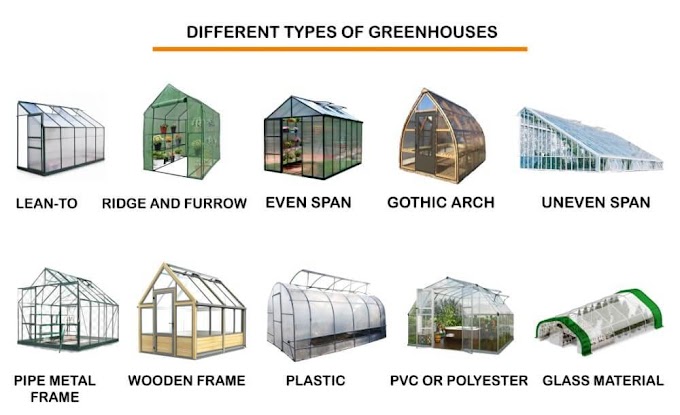A study has thrown light on how Maya people fortified their maize with the chemical process known as ‘nixtamalisation’ and also built indoor toilets in pits they dug into the limestone bedrock of the Yucatan peninsula in Mesoamerica.
Mayas?
- The Maya are an indigenous people of Mexico and Central America
- The Maya are probably the best-known of the classical civilizations of Mesoamerica.
- As early as 1500 BCE the Maya had settled in villages and had developed an agriculture based on the cultivation of corn (maize), beans, and squash; by 600 CE cassava (sweet manioc) was also grown
What is the Nixtamalisation Technique used by Mayas?
- Nixtamalisation is a method by which the ancient peoples of Mesoamerica like the Maya used to soak and cook their maize in an alkaline solution and make it more palatable, nutritious and non-toxic.
- Nixtamal is derived from the Nahuatl word nextamalli, meaning ‘nixtamalised maize dough’.
- Maize is the primary crop of the Americas and has been cultivated in the region for millennia.
- Maize, beans and squash are called the ‘Three Sisters’ and formed the basis of diets throughout pre-Columbian North and Mesoamerica.
- The researchers noted that the key reason for the spread of maize in the Americas was nixtamalisation.
- The process ensures that the maize contains amino acids, calcium and Vitamin B2, which can be utilized by the human body.
- It also eliminates certain mycotoxins (toxins produced by certain moulds (fungi) and can be found in food) present in maize.
- Without this treatment, maize-dependent populations were at elevated risk of pellagra (Vitamin B2 deficiency), calcium deficiency and mycotoxin poisoning.
- Nejayote, wastewater from nixtamalisation, may have been used to lime the chultunes while they were used as latrines. This was done to control odours and inhibit insect and microorganism growth like it is done today.
- Nixtamalisation is a method by which the ancient peoples of Mesoamerica like the Maya used to soak and cook their maize in an alkaline solution and make it more palatable, nutritious and non-toxic.
- Nixtamal is derived from the Nahuatl word nextamalli, meaning ‘nixtamalised maize dough’.
- Maize is the primary crop of the Americas and has been cultivated in the region for millennia.
- Maize, beans and squash are called the ‘Three Sisters’ and formed the basis of diets throughout pre-Columbian North and Mesoamerica.
- The researchers noted that the key reason for the spread of maize in the Americas was nixtamalisation.
- The process ensures that the maize contains amino acids, calcium and Vitamin B2, which can be utilized by the human body.
- It also eliminates certain mycotoxins (toxins produced by certain moulds (fungi) and can be found in food) present in maize.
- Without this treatment, maize-dependent populations were at elevated risk of pellagra (Vitamin B2 deficiency), calcium deficiency and mycotoxin poisoning.
- Nejayote, wastewater from nixtamalisation, may have been used to lime the chultunes while they were used as latrines. This was done to control odours and inhibit insect and microorganism growth like it is done today.








No comments:
Post a Comment